Home > Auctions > 5th December 2023
Back to previous pageTuesday 5th December 2023 5 - 9 December 2023
Ancient Art, Antiquities, Natural History & Coins
Auction Highlights:
Sold for (Inc. bp): £7,800
'The Darley with Menwith' Gold 'Keepe Faith Till Death' Posy Ring
Lot No. 0417
Sold for (Inc. premium): £1,430
'The Wingham' Gold 'Fortune Favours the Brave' Posy Ring
Lot No. 0418
Sold for (Inc. premium): £2,080
Caroline Silver-Gilt Third Earl of Essex Military Reward Badge
Lot No. 0420
Sold for (Inc. premium): £1,248
Natural History - Fossil North African 'T-Rex' Dinosaur Tooth
Lot No. 0425
Sold for (Inc. premium): £1,300
Natural History - Fossil Keichousaurus Marine Reptile Skeleton
Lot No. 0426
Sold for (Inc. premium): £1,105
Page 23 of 201
265 - 276 of 2409 LOTS
265 - 276 of 2409 LOTS

.jpg)
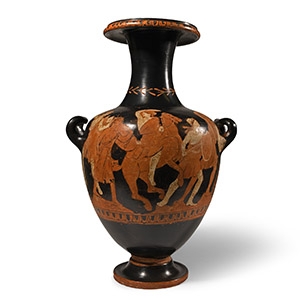
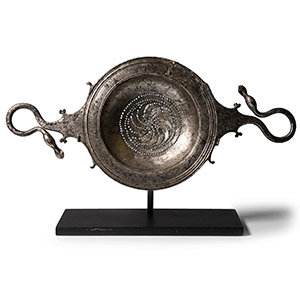
.jpg)
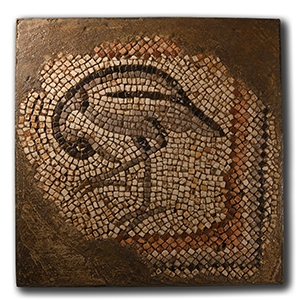
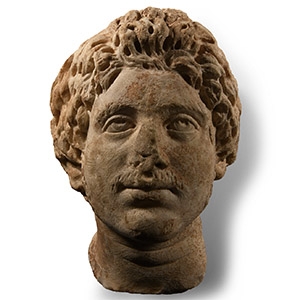
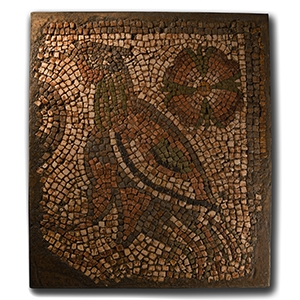
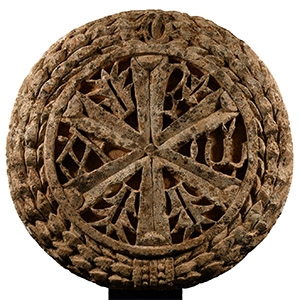


.jpg)
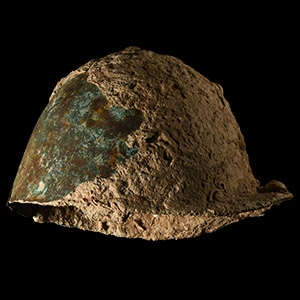
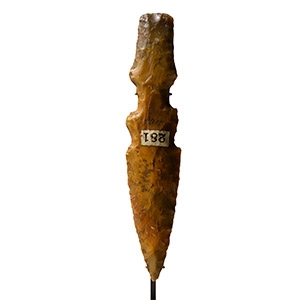
.jpg)
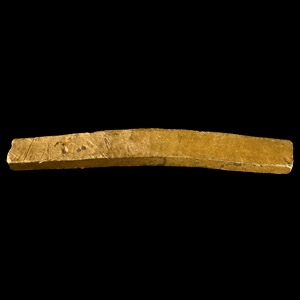
.jpg)
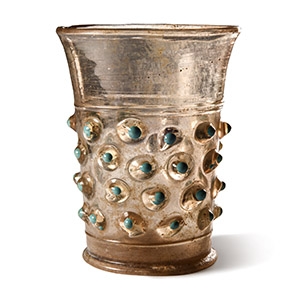
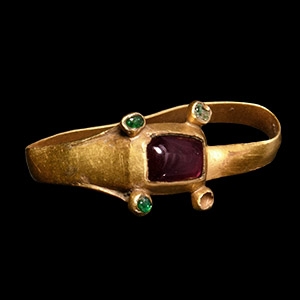
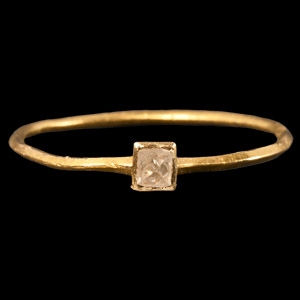
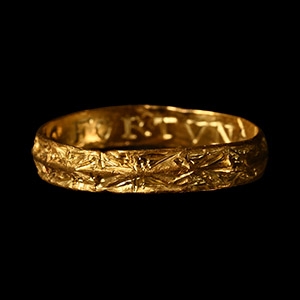
.jpg&width=60&height=30)














